Study of cloud computing and its uses in the field of archives
Prepared by: Dr. Nahed Mohamed Allam - Aswan University
Published in: Journal of the Faculty of Arts, Beni Suef University - Issue 67 (April - June 2023)
Summary of cloud computing and its uses in the field of archiving
Cloud computing and its uses in the field of archives are a critical topic in light of the accelerating digital transformation and the growing need for flexible and secure tools for document preservation and retrieval. Archival institutions have increasingly relied on this technology for its advantages beyond traditional capabilities and its significant role in achieving information sustainability.
The emergence and development of the concept of cloud computing
The study indicates that the idea of cloud computing and its uses in the field of archiving dates back to 1997, but it actually took off in the new millennium after its adoption by companies such asGoogle and IBM. Cloud computing is a model for delivering computing services over the internet without the need for internal infrastructure. It has begun to appear widely in archival institutions due to the capabilities it offers for easy preservation, analysis, and distribution of digital data.
Types of cloud computing and their uses in the field of archiving
The study demonstrates the existence of several types of cloud computing and their uses in the field of archiving, namely:
public cloud: Available to everyone and used for non-sensitive tasks.
Private cloud:Dedicated to a single organization and provides greater control.
Hybrid Cloud:Combine the two previous types to achieve balance.
Community Cloud:Used by organizations with common goals or activities.
Each of these types serves specific purposes within the framework of cloud computing and its uses in the field of archiving, depending on the requirements of security, privacy, and performance speed.
Benefits of cloud computing in digital archiving
One of the most important aspects of the study is its review of the benefits of cloud computing and its uses in the field of archiving, which include:
- Quick access to documents from anywhere.
- Reducing costs associated with infrastructure.
- Easily collaborate and work together on the same document.
- Scalable as needed.
- Protect documents from damage and loss.
- Continuous work without interruption.
The study demonstrates that cloud computing and its uses in the field of archiving provide a flexible, secure, and efficient environment, facilitating the daily tasks of archivists and enhancing the effectiveness of administrative and information processes within the organization.
Challenges and drawbacks of computing
Despite its many advantages, cloud computing and its uses in archiving face some challenges, such as:
- Total reliance on the Internet for accessing data.
- Security and privacy risks, especially when using foreign service providers.
- Legal issues related to data storage outside geographical borders.
- Possibility of data loss or hacking if protection is weak.
- Confusion over intellectual property rights of data and documents.
The study indicated the need for clear and updated regulations to keep pace with the use of cloud computing and its applications in the field of archives in a safe and sustainable manner.
Top Useful Cloud Services for Archives
The study reviewed some of the most prominent cloud computing applications and their uses in archives, such as:
Google Drive: A popular cloud storage platform that allows you to edit and share documents.
Dropbox: Provides document syncing across multiple devices.
OneDrive: Owned by Microsoft and makes it easy to edit Office files.
Evernote and Google Docs: For annotating and editing archival documents.
iCloud and Amazon Drive: Secure, high-capacity storage services.
These services help enhance the effectiveness of digital archiving and enable individuals to work flexibly on their documents within an advanced technical infrastructure.
Note that the DocSuite system offers more comprehensive services that serve all sectors and institutions. You can learn more about the system here.
Successful Arab experiences
The study presented real-life examples that demonstrate the success of cloud computing and its uses in the field of archives at the Arab level, including:
Bahrain experienceMore than 70% of its government systems have been migrated to a cloud environment, contributing to a cost reduction of more than 60%.
UAE National ArchivesCloud archiving was adopted as part of a comprehensive digital transformation strategy, which contributed to enhancing the sustainability of permanent digital records.
The Future of Cloud Computing in Archives
The study concluded that the future of cloud computing and its uses in archives is moving toward greater integration with artificial intelligence and blockchain to improve document security, facilitate retrieval, and add an electronic time stamp. It also indicated the need to adopt a risk analysis methodology before transferring sensitive documents to a cloud environment.
Dr. Nahid Allam recommended in her study the necessity of:
- Qualifying workers on cloud computing technologies and their uses in the field of archiving.
- Reviewing data protection legislation.
- Use trusted cloud service providers.
- Adopt strong security policies to protect documents.
- Periodic evaluation of the performance of cloud systems.
Cloud computing and its uses in the field of archiving are no longer a technical option, but rather an absolute necessity for every organization that aspires to modern data management that keeps pace with the requirements of the digital age.
Amidst the numerous advantages and serious challenges, the challenge remains to employ this technology wisely, ensuring document protection, facilitating access to them, and achieving institutional efficiency. Thus, the future of digital archives depends largely on the effectiveness of cloud computing and its use in the field of archives, within an integrated strategic framework.
You can download the study of cloud computing and its uses in the field of archives now.
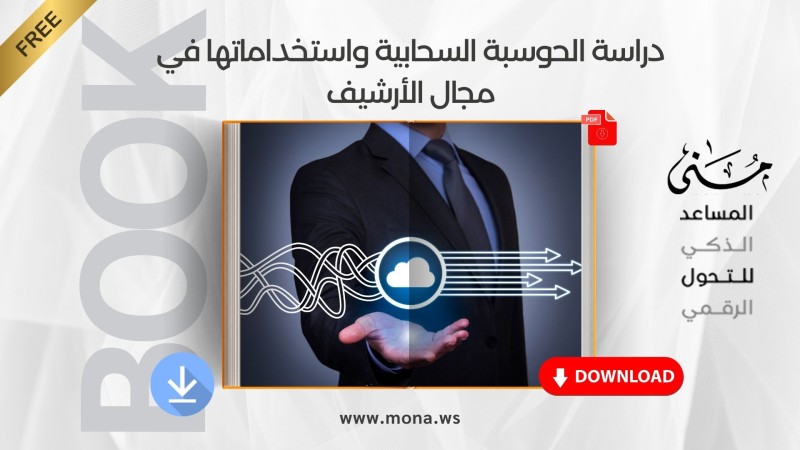 دراسة الحوسبة السحابية واستخداماتها في مجال الأرشيف
دراسة الحوسبة السحابية واستخداماتها في مجال الأرشيف
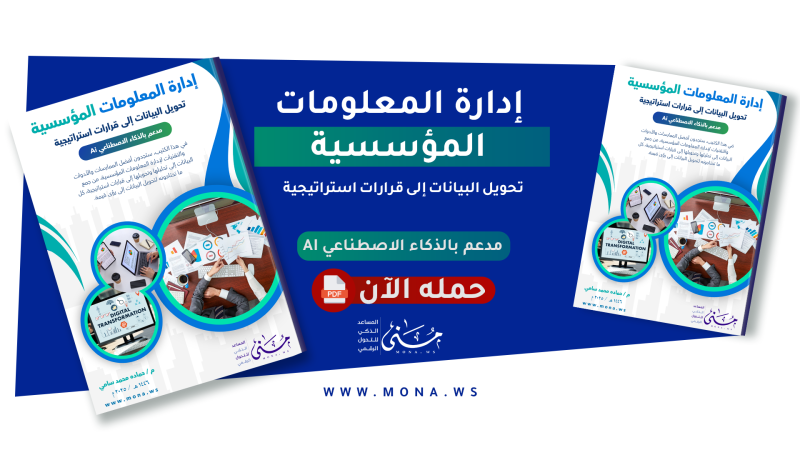
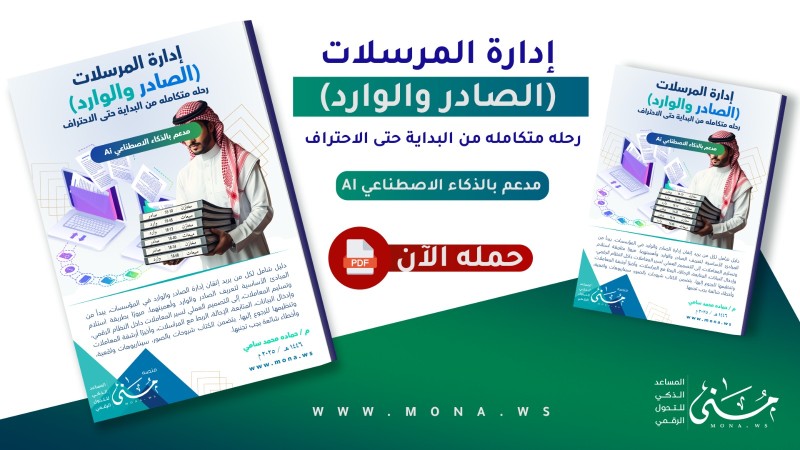
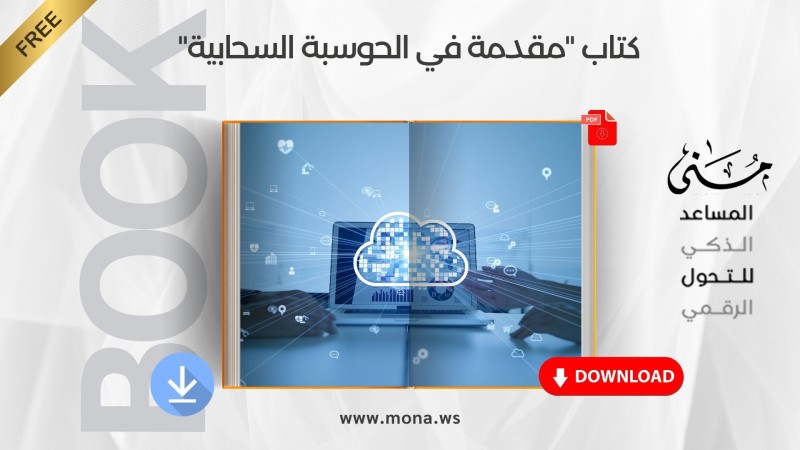

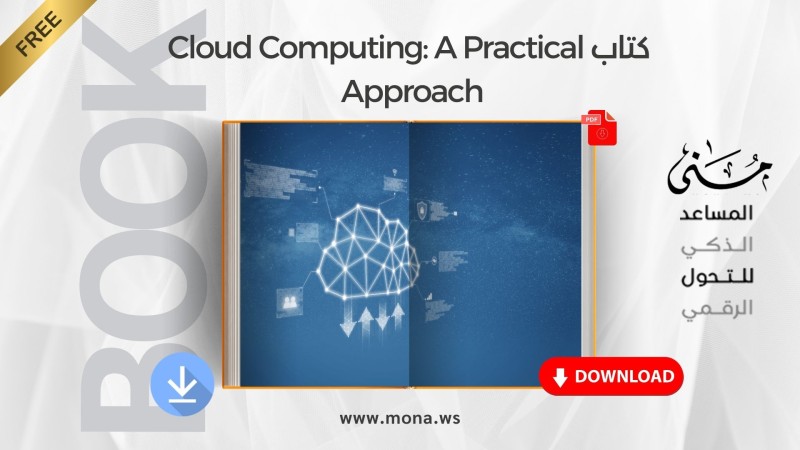


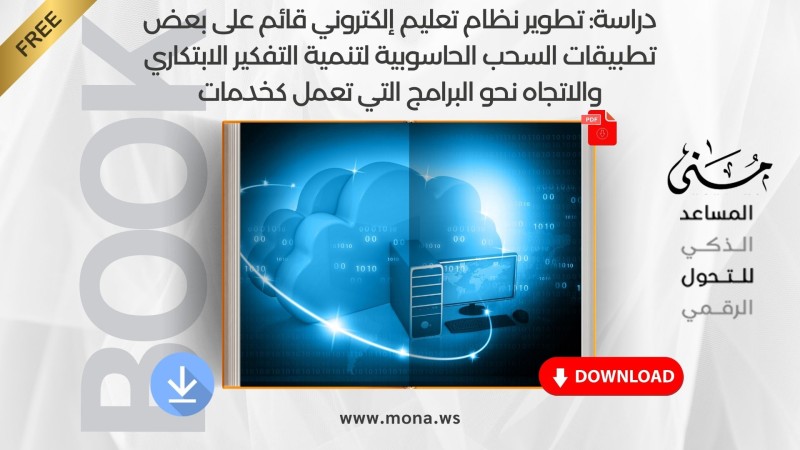
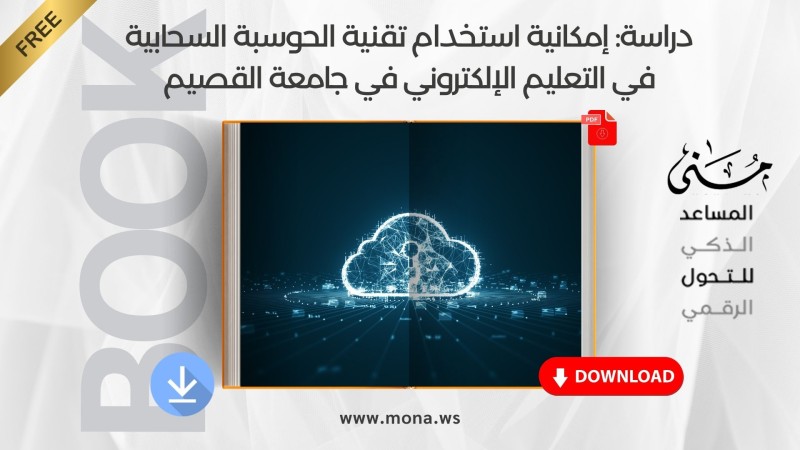
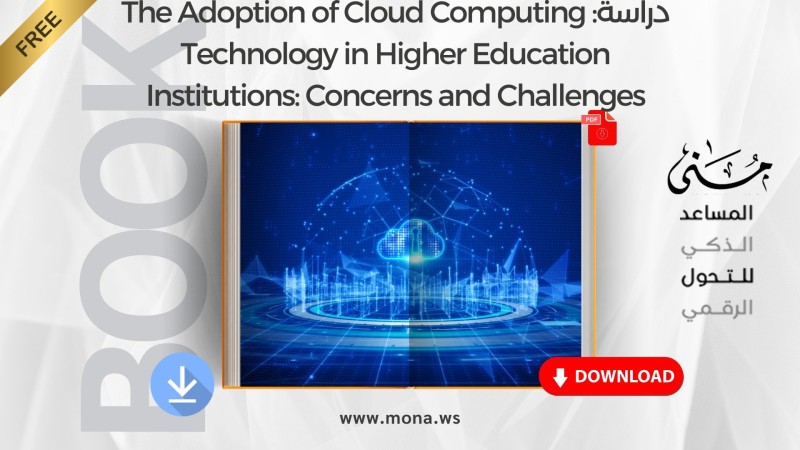
Comments
Add New Comment